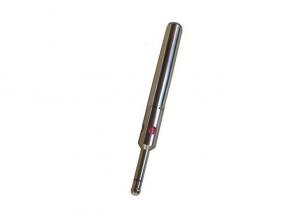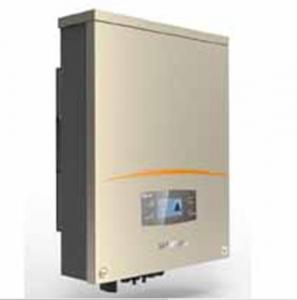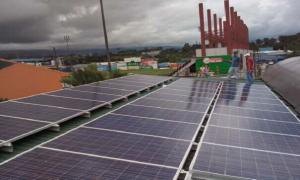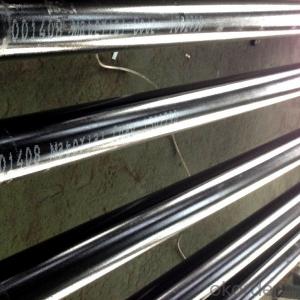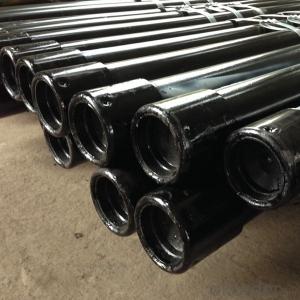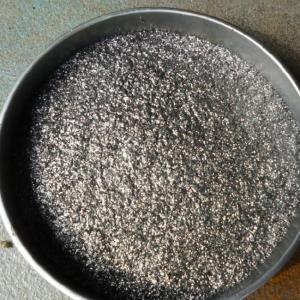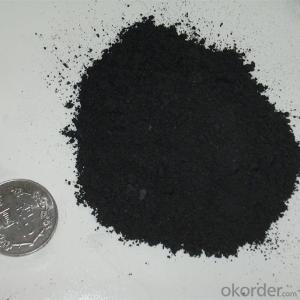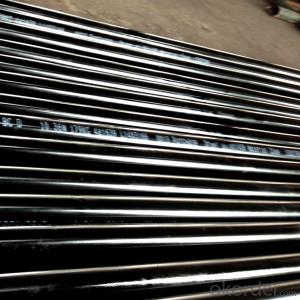Solar Edge Solar Inverter
Solar Edge Solar Inverter Related Searches
Solar Edge Inverter Inverter Solar Edge Solar Edge Hybrid Inverter Solar Edge Micro Inverter Solar Edge Energy Hub Inverter Solaredge Solar Inverter Buy Solar Edge Inverter Solar Edge Inverter Specs Solar Edge Inverter Uk Solar Edge Hd Wave Inverter Solar Edge Inverter Models Solar Energy Inverter Solar Edge Inverter Wifi Solar Electric Inverter Solar Edge Inverter For Sale Solar Edge 3 Phase Inverter Solar Edge Inverter Efficiency Solar Solar Inverter Solar Edge Inverter Cost Solar Edge Inverter Price Solar Energy Power Inverter Solar Edge Inverter Spec Sheet Solar Edge Inverter Led Lights Solar Edge Inverter App Solar Edge Inverter 10kw Solar Edge 6kw Inverter Solar Edge Inverter Lights 10kw Solar Edge Inverter Solar Converter Inverter Solar Inverter InverterSolar Edge Solar Inverter Supplier & Manufacturer from China
Solar Edge Solar Inverter is a cutting-edge product designed to optimize the performance of solar energy systems. This advanced inverter technology maximizes power generation and ensures efficient energy management, making it a crucial component for any solar power setup. The Solar Edge Solar Inverter is specifically engineered to handle the varying demands of different solar panel configurations, providing a reliable and efficient solution for harnessing the power of the sun.In various application and usage scenarios, the Solar Edge Solar Inverter stands out as a versatile and powerful tool. It is widely used in residential, commercial, and industrial settings, where solar energy is harnessed to reduce reliance on traditional energy sources. The inverter's ability to manage power fluctuations and optimize energy output makes it an essential part of any solar energy system, ensuring that the maximum amount of solar energy is converted into usable electricity.
Okorder.com is a reputable wholesale supplier of the Solar Edge Solar Inverter, boasting a large inventory to meet the demands of various customers. As a leading distributor, Okorder.com ensures that the Solar Edge Solar Inverter is readily available to those seeking to enhance their solar energy systems. With a commitment to quality and customer satisfaction, Okorder.com is the go-to source for those in need of reliable and efficient solar inverters.
Hot Products







